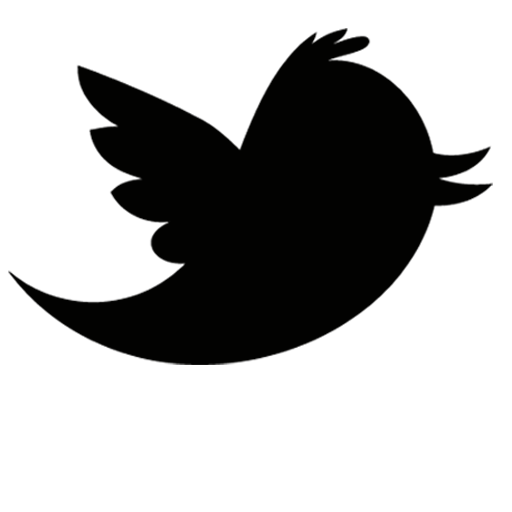
27 Aug No More Teacher’s Dirty Books: Selected Readings
Many teachers at the end of summer experience the contradictory feelings of “I can’t do this” and “I can’t wait to do this.” The rumble in the gut is real. Students also live on a dotted line between excitement and fear at the end of August. The hardest thing is a good start, so I’ve made constant renewal my favourite aspect of teaching. New courses, methods, ideas, and people. Each year is an opportunity begin again, again.
Here are four books and one film I like to re-engage at this time of year in order to find my way back into the zone. While most deal with music or art, any teacher or student would gain from studying them. I’d love to know some of your faves, too. Incidentally, my personal teaching statement is here. It’s good for me to read this document at this time every year and I update often. By all means, please offer any feedback on it.
Ran Blake Primacy of the Ear
I’ve never met Ran but I’ve hung with many of his past pupils and they all agree that Ran is among the most interesting people they’ve encountered. Ran flatly declares his love of all sound, regardless of genre. He offers a regimen of listening and study that anyone at any level can benefit from. On the process of learning a melody:
Have you ever played a piece on your instrument but found you couldn’t sing it? Often our ears pick up the general contour of highlights of a melody, but details such as leaps, beginnings of new phrases, odd intervals, or chord tones are faked, approximated, or forgotten. It’s too easy to remember a melody on the instrument through any number of aids such as finger patterns, memory of what interval goes where, what chord tone comes next, or reading from written music; however, when singing, there is a direct line from ear to mind to voice, such that the voice reflects more accurately what your ear is truly hearing. Singing doesn’t allow you to ignore your errors.
John Cage Silence
This collection of Cage essays from 1939-61 has influenced a lot of people. To me, it is the ultimate brain candy. I like the physicality of reading it. Anytime I confront my own staleness, when I feel as though I am running through the motions, I return to Cage to shake me out of myself. On freedom:
Artists talk a lot about freedom. So, recalling the expression “free as a bird,” Morton Feldman went to a park one day and spent some time watching our feathered friends. When he came back, he said “You know? They’re not free: they’re fighting over bits of food.”
Wade Davis The Wayfinders: Why Ancient Wisdom Matters in the Modern World
Davis helps the reader in “rediscovering a new appreciation for the diversity of the human spirit” and in my opinion, he complements Cage beautifully. Where Cage is abstract, Davis gets specific in questioning what is art and where are we going with it through the perspective of many Indigenous peoples. On culture:
Perhaps the closest we can come to a meaningful definition of culture is the acknowledgment that each is a unique and ever-changing constellation we recognize through the observation and study of its language, religion, social and economic organization, decorative arts, stories, myths, ritual practices and beliefs, and a host of other adaptive traits and characteristics. The full measure of a culture embraces both the actions of a people and the quality of their aspirations, the nature of the metaphors that propel their lives. And no description of a people can be complete without reference to the character of their homeland, the ecological and geographical matrix in which they have determined to live out their destiny. Just as landscape defines character, culture springs from a spirit of place.
Brian Rutenberg Clear Seeing Place
I came to this book through a painter I met in Austin, TX. Check out the inspiring genius that is Carl Smith. Brian’s online studio tours take people on a journey inside the highs and lows of creative work. And it is work. On creating style:
When painting students ask me how to create a style, I tell them that they’ve just taken a colossal step in the wrong direction. Thinking about style means you are thinking about style and not painting. The best way to find your voice is to make a lot of work and destroy all of it. The most important thing is to show up every day, no matter how dreadful the results. Amateurs worry that their paintings look like they are painted by different people. So what? Try everything and eliminate. A beginner should blend in, not stand out. Stay in the tall grass and work as much as possible.
Leslie Laskey Forty-Seven Views of Leslie Laskey
Flipping through the channels one night, I happened on this documentary on the visionary artist Leslie Laskey. I sent away for the DVD and contacted Laskey myself. He is so charming and we have stayed in touch through the years. I submit this is mandatory viewing for anyone interested in the creative process, and how different disciplines intersect and connect. On work:
If you want to be an artist, you can’t do it on Thursdays.
By this he means, quite directly that:
Free time only works when you steal it.
Now go steal some.






